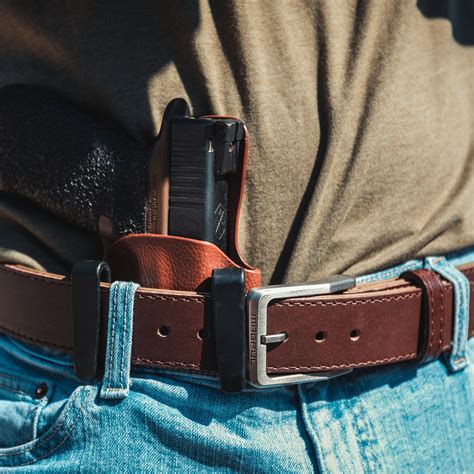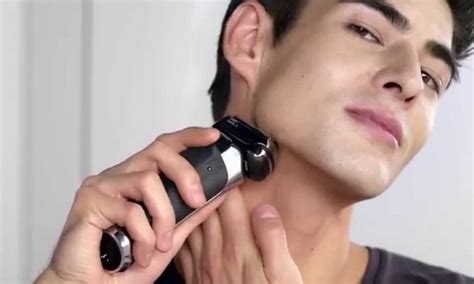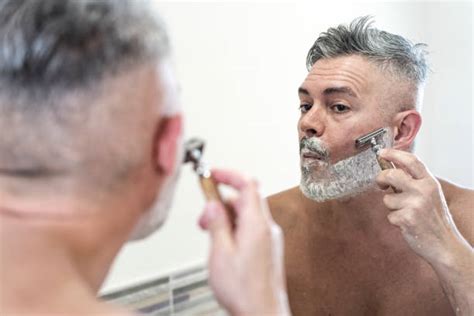Optimal shave technique to prevent ingrowns for peak skin health?
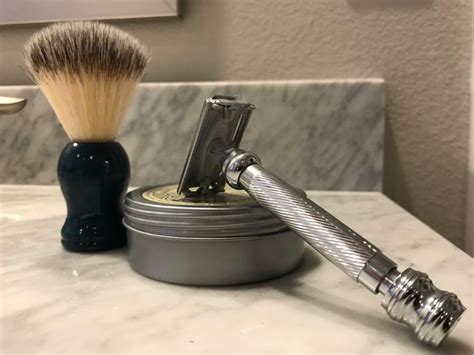
Ingrown hairs are a common and frustrating affliction for many who shave, turning a routine grooming task into a source of irritation, redness, and discomfort. Beyond the immediate annoyance, persistent ingrowns can lead to hyperpigmentation, scarring, and even infection, compromising the overall health and appearance of your skin. The good news is that with the right approach, you can significantly reduce their occurrence and achieve a smoother, healthier complexion. This article will guide you through an optimal shaving technique designed to prevent ingrown hairs and promote peak skin health.
Understanding Ingrown Hairs: The Root of the Problem
An ingrown hair occurs when a shaved hair curls back into the skin or grows sideways into the follicle instead of growing outwards. This often happens when hair is cut too short, has a sharp tip, or when dead skin cells block the hair’s exit path. While common in areas with thick, coarse, or curly hair, anyone can experience them. Preventing them requires a multi-faceted approach, starting with meticulous preparation and a careful shaving method.

Step 1: Meticulous Pre-Shave Preparation
The foundation of a good shave and ingrown hair prevention lies in proper preparation. This stage softens the hair, opens the pores, and cleanses the skin, creating an ideal canvas for the razor.
- Warm Up Your Skin: Take a hot shower or apply a warm, damp towel to the area you intend to shave for a few minutes. Heat and steam soften the hair follicles and open up pores, making hairs easier to cut.
- Exfoliate Gently: Before shaving, use a mild physical or chemical exfoliant to remove dead skin cells that can trap hairs. A gentle scrub or a washcloth with warm water can suffice. Avoid aggressive scrubbing, especially if your skin is sensitive.
- Apply Quality Shave Cream or Gel: Never dry shave. Apply a generous layer of a high-quality shave cream, gel, or oil. Look for products with moisturizing and soothing ingredients that create a protective barrier, allow the razor to glide smoothly, and reduce friction. Let it sit for a minute or two to further soften the hair.
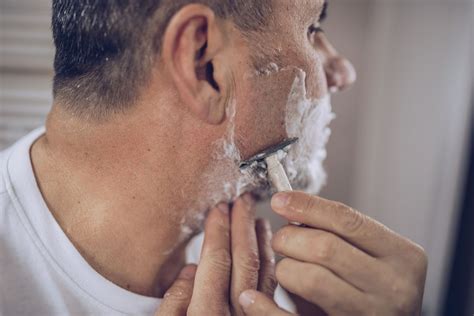
Step 2: The Optimal Shave Technique
This is where precision makes all the difference in preventing irritation and ingrowns.
- Use a Sharp, Clean Razor: A dull blade tugs at hair, leading to irritation and uneven cuts that are prone to ingrowing. Change your razor blade every 5-7 shaves, or at the first sign of dullness or discomfort. Rinse your razor thoroughly after each stroke to prevent buildup.
- Shave With the Grain (Mostly): For sensitive skin or prone to ingrowns, shaving exclusively with the grain (in the direction your hair grows) is crucial. This provides a less aggressive cut, reducing the chance of hairs curling back. If you need a closer shave and your skin can tolerate it, a second pass across the grain might be possible, but always avoid going against the grain entirely.
- Apply Minimal Pressure: Let the razor do the work. Pressing too hard pulls the skin taut and cuts hair below the skin’s surface, increasing the likelihood of ingrowns. Use short, light, controlled strokes.
- Rinse Your Blade Frequently: Clogged blades are ineffective. Rinse your razor under running water after every one or two strokes to clear away hair and shave product.
- Avoid Multiple Passes on the Same Area: Repetitive shaving over the same spot irritates the skin and strips away its natural protective oils, leading to redness and bumps. If an area isn’t smooth enough after one pass, reapply shave cream before attempting another.

Step 3: Essential Post-Shave Care
The steps you take immediately after shaving are just as important for soothing the skin and preventing issues.
- Rinse with Cold Water: After you’ve finished shaving, rinse your face or body with cool water. This helps to close pores and soothe any post-shave irritation.
- Pat, Don’t Rub: Gently pat your skin dry with a clean, soft towel. Rubbing can irritate freshly shaved skin.
- Apply a Soothing Aftershave Balm or Moisturizer: Choose an alcohol-free balm or moisturizer that contains soothing ingredients like aloe vera, witch hazel, chamomile, or salicylic acid (if prone to ingrowns). These help to hydrate, calm the skin, and prevent inflammation. Avoid heavy, pore-clogging creams.
- Avoid Tight Clothing Immediately After: If shaving body hair, give your skin some time to breathe before putting on tight clothing, which can cause friction and irritation.
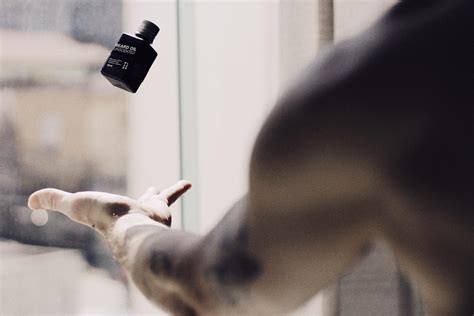
Long-Term Strategies for Ingrown Hair Prevention
Beyond your immediate shave routine, incorporating these practices can offer sustained protection:
- Regular Exfoliation: Continue gentle exfoliation 2-3 times a week (but not on shave day) to keep pores clear and prevent hairs from getting trapped.
- Moisturize Daily: Keeping your skin well-hydrated makes it more supple and less prone to irritation, allowing hairs to grow out more easily.
- Consider Alternative Methods: If ingrown hairs remain a persistent problem, explore other hair removal options like waxing (which can also cause ingrowns if not done correctly), epilating, or laser hair removal.

Conclusion
Achieving peak skin health and preventing ingrown hairs is entirely within reach with a consistent and thoughtful shaving regimen. By dedicating time to proper preparation, executing a gentle and deliberate shave technique, and following up with effective post-shave care, you can transform your grooming routine from a source of frustration into a path toward smoother, healthier, and more comfortable skin. Remember, patience and consistency are your best allies in this journey to a blemish-free complexion.


